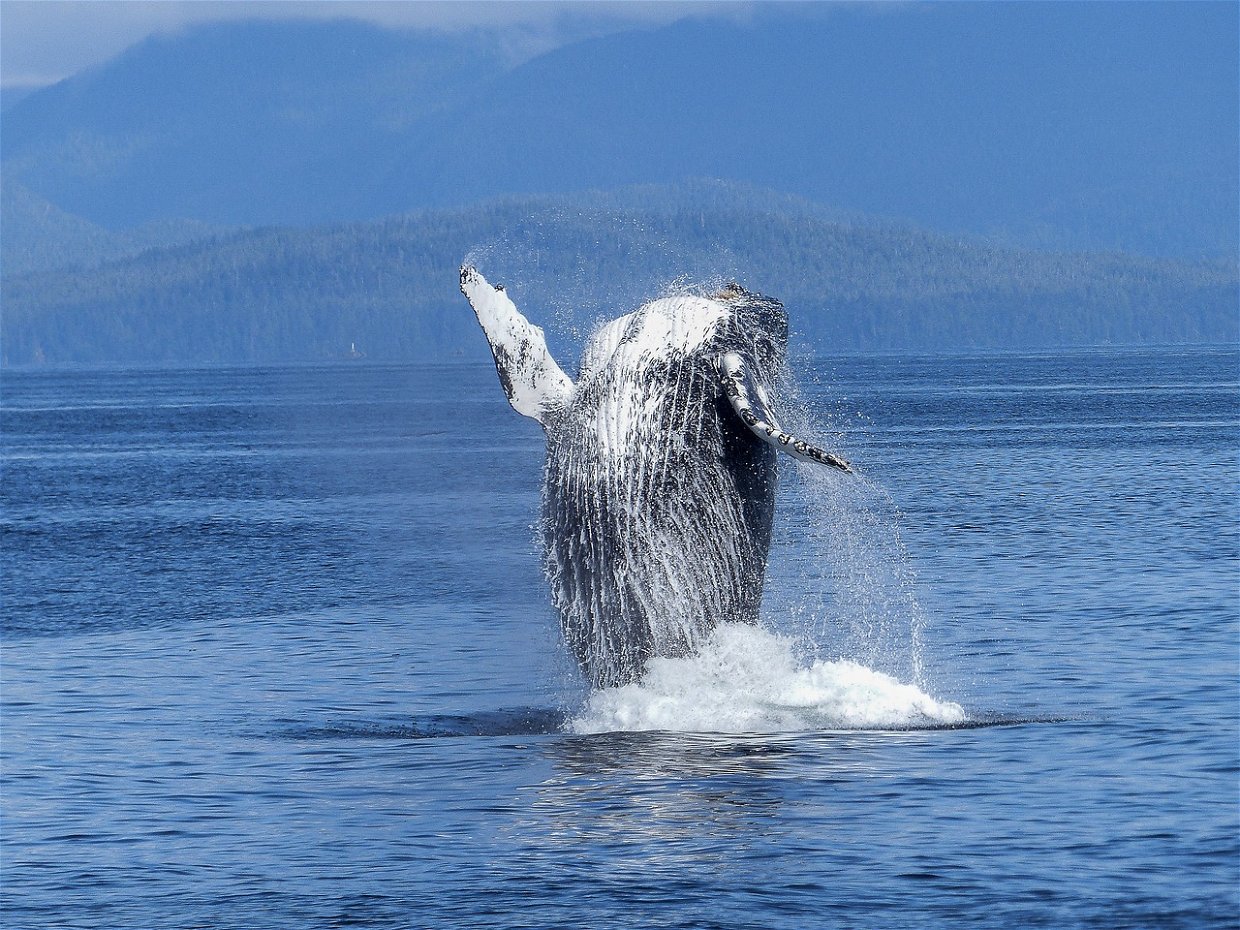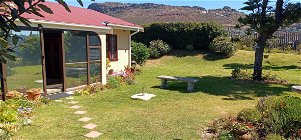Wonderful Whale-watching in Winter in False Bay 2024

Whale-watching in False Bay is an excellent winter holiday activity from the shore. Fish Hoek Beach offers some of the best places to sit and watch whales or enjoy the drive to Simonstown for incredible vantage points from the road. Cape Town is a top whale-watching destination so book your July holiday destination and come to see the whales playing in the bays.
Visitors to the Western Cape can see whales on display from June until December in False Bay. From Fish Hoek Beach to Cape Point, Southern Right, Humpback, Bryde’s Whales and Orcas arrive in the July winter holidays. Add to the adventure with a few days on the Cape Whale Routethe Cape Whale Route in Hermanus and Walker Bay!
It’s time for world-class whale watching season in False Bay outside Cape Town. This is one of the best Western Cape coastal destinations to see these regal sea mammals in all their glory. Seaside Cottages guarantees exceptional whale-watching opportunities from Fish Hoek to Cape Point with regular boat cruises leaving from Simonstown harbour. Get ready for some of the best land-based whale viewing worldwide – stop your car, jump out, and wander the many coastal paths and walkways when the whales breach and lobtail for you!
Come whale-watching in False Bay!
Did you know that hundreds of Southern Right and Humpback Whales gather yearly on the Cape Whale Route to mate and calve? Not only is Fish Hoek a haven for the whales and one of the best places to see these cetaceans but so too is it a remarkable holiday destination and fishing mecca for families and groups.

The Scenic Cape Whale Route
View whales off the South African Coast from as early as June until November every year. These endangered ocean mammals are protected globally and are now recovering in number thanks to this foresight in marine conservation ethics. In Cape Town, Southern Right Whales migrate to mate and calve in the False Bay region though numbers have dropped over the past few years.
Drive to Muizenberg, then onto Boyes Drive for a great view of whales cruising past. Kalk Bay and Fish Hoek Beach offer fantastic seafood restaurants and coffee bars while viewing Humpbacks and Bryde’s whales in the bay. Simonstown sometimes features passing orcas (Killer Whales) and the whale cruises take visitors far out to sea around Cape Point and to Seal Island.
Cape Point Nature Reserve is the ultimate spot to be in nature and see whales with your family and friends. The whales venture up the West Coast from this extreme southern point of Africa at the Cape of Good Hope in the freezing Atlantic Ocean seas. The Cape Whale Route offers some of the best land-based whale watching in the world, flanked by the Atlantic Ocean on one side and the Fynbos mountains on the other. Birdwatching and wildlife viewing add to this unique tourism route, one of our best family-friendly holidays in South Africa.
False Bay is a hive of biodiversity!
Humpback Whales and Southern Rights
Every year, numerous Southern Right and Humpback Whales migrate from the icy Antarctic, their main feeding grounds, to mate and calve in the warmer waters of the Cape. The whale season usually starts in July, peaking in September and tailing off in November. The little towns of Hermanus and De Kelders are at the epicentre of the whale experience and some whales remain in Walker Bay the entire year.
The Cape Whale Coast is part of the International Group of Hope Spots. World-renowned oceanographer, Dr Sylvia Earle, started the Hope Spot movement to raise public awareness and unite global efforts to protect the sea and all its regal creatures.
Book your whale-watching holiday in Fish Hoek this winter and stay at Seaside Cottages!
Some fun facts about Humpback Whales:
- They are the acrobats of the great whales and can breach (push their upper bodies above the surface) as high as 10 meters!
- They are friendly, curious, and known to approach whale-watching boats for a few minutes.
- Lob-tailing – whales lie vertically in the water with their heads down, slapping the water continuously with their tails.
- Sailing – whales are stationary in the water with their head down and only their tails sticking out.
- Flipper slapping – whales surface on their backs and loudly slap their pectoral fins onto the water.
- Spy-hopping – whales push their heads right out of the water as if spying on you.
- They sing – males make long, loud, complex “songs” that last up to 20 minutes long and consist of verses with whistling and squeaking sounds and sonorous calls.
Some fun facts about Southern Rights:
- They have a double blow hole so when they blow water, this makes a V-shaped fan, unlike the Humpback with its single blow hole.
- They do a lot of sailing with their tail flukes held in the air and they are usually seen in pods.
- They are curious about boats and come very close to fishing boats and whale watching safaris.
- They can be seen across the world in many oceans such as South America, Namibia, Mozambique, South Africa, Madagascar, and New Zealand.
- They were so named because, during the whaling industry, they were the ‘right’ whales to hunt. They were slow animals and when they died they floated on the ocean surface so were easier to collect – and they were so huge that they produced a lot of resources for the hunters.
Some fun facts about Bryde’s Whales:
- They are named after a Norwegian man called Johan Bryde who discovered the species when he helped to set up one of the first whaling stations in South Africa.
- They can weigh in at an impressive 40 tonnes and extend to a massive 15 m long!
- Bryde’s whales can be distinguished from other whale species due to their unique three long ridges on their heads.
- Nicknamed ‘the tropical whale‘, they prefer warmer waters to cooler oceans.
- Studies show that Bryde’s whales do not migrate long distances like their cousins the Southern Rights.
- Bryde’s whales tend to eat mainly fish, krill, and plankton and when they are feeding on krill or plankton, various species of shearwater and petrel will be there too.
- They do not dive very deep but like to roam the shallower top 10 m of the water column. Their deeper dives are short and they are great to watch when they surface and play.
Some fun facts about Orcas (Killer Whales):
- Orcas are not whales but are actually the largest member of the dolphin family.
- Orcas got their name "killer whale" from ancient sailors who saw them preying on large whales. It is thus sad that they are still hunted in some countries, such as Greenland.
- A male orca can weigh in at a huge 10 tonnes and grow up to 10 m long.
- Orcas are highly intelligent and can coordinate hunting tactics which are a delight to watch.
- Female orcas are thought to reach the grand old age of 80 years or more.
- The dorsal fin of a male orca is up to 2 m high and is the first thing whale-watchers will see.
- Orcas swim very fast, reaching speeds of an amazing 54 kph. Wild orcas can move through 160 km per day, foraging and socializing.











Share This Post